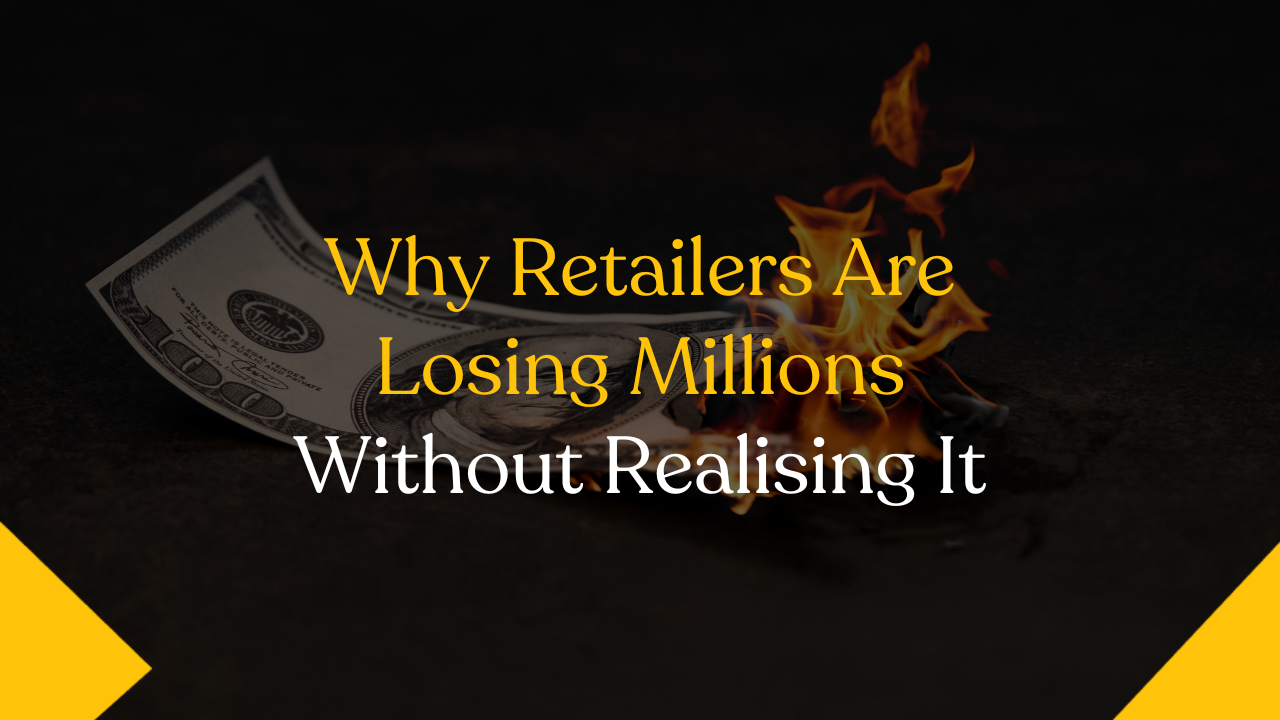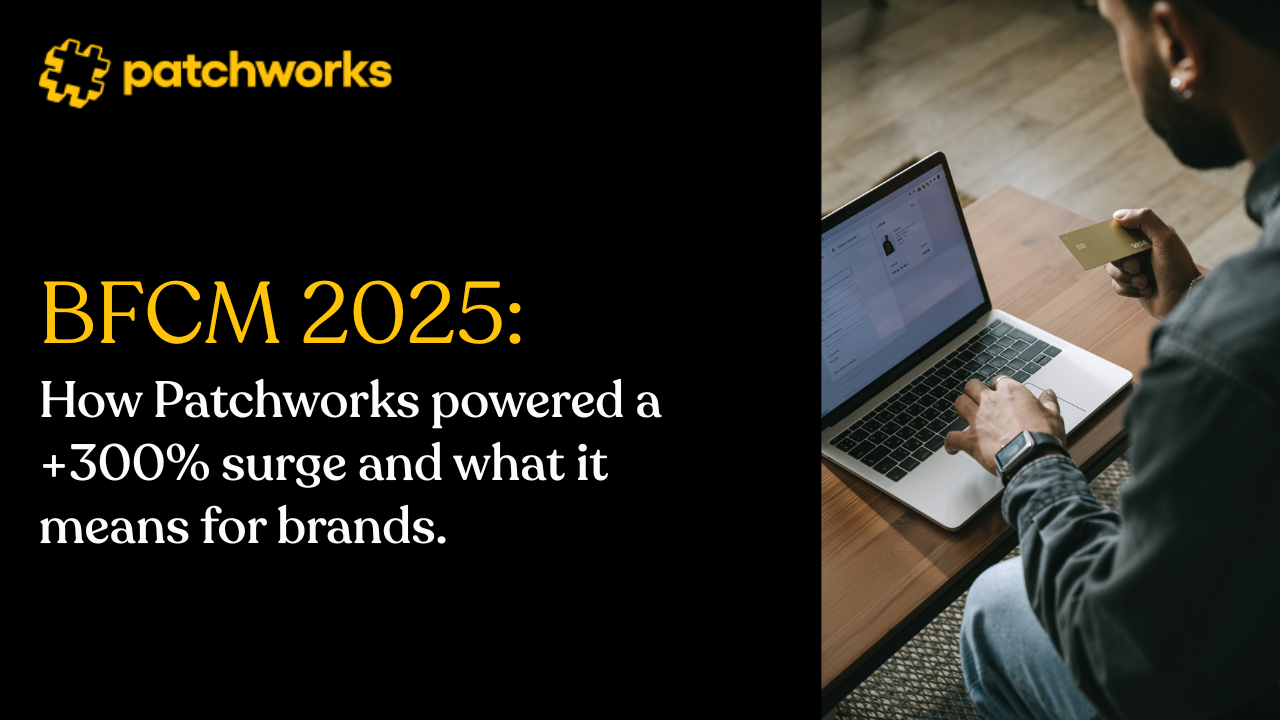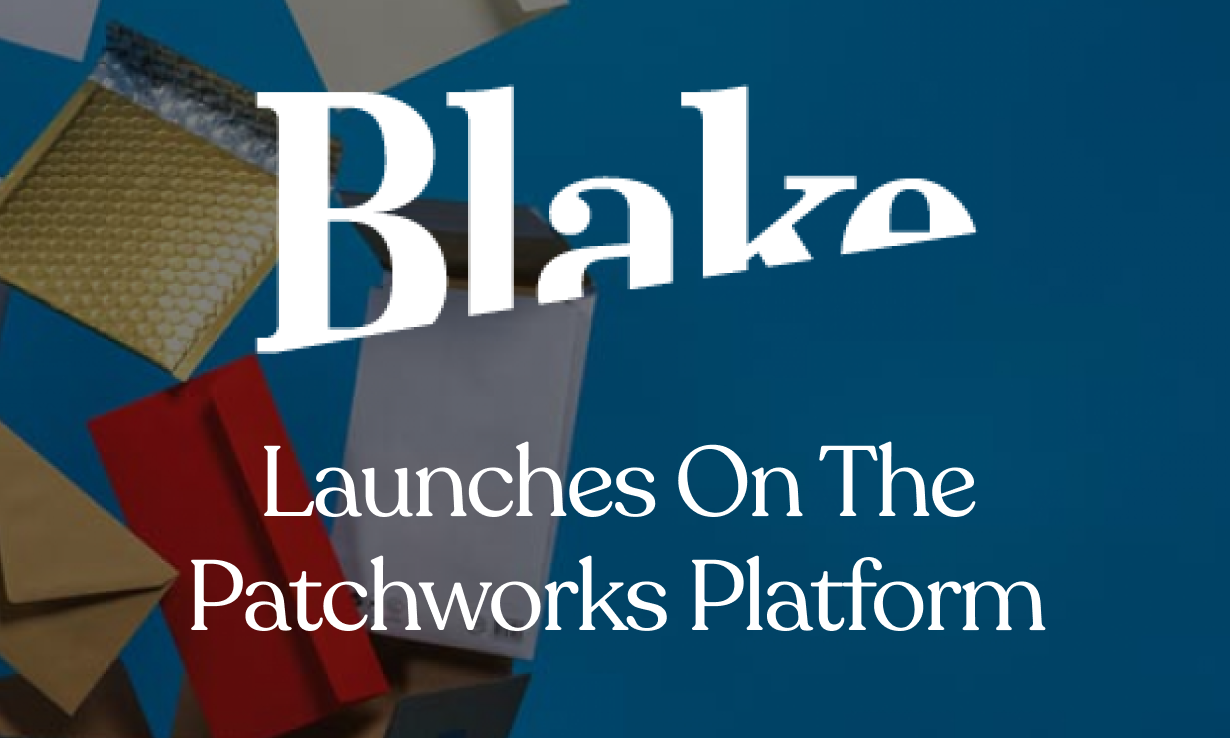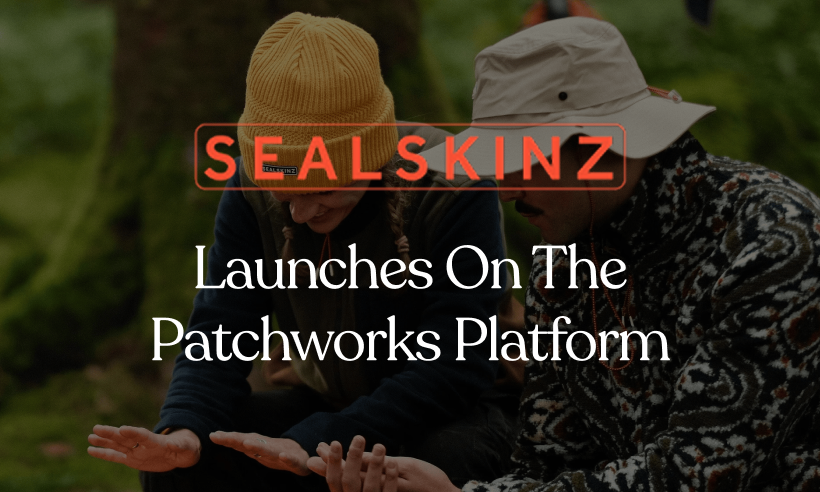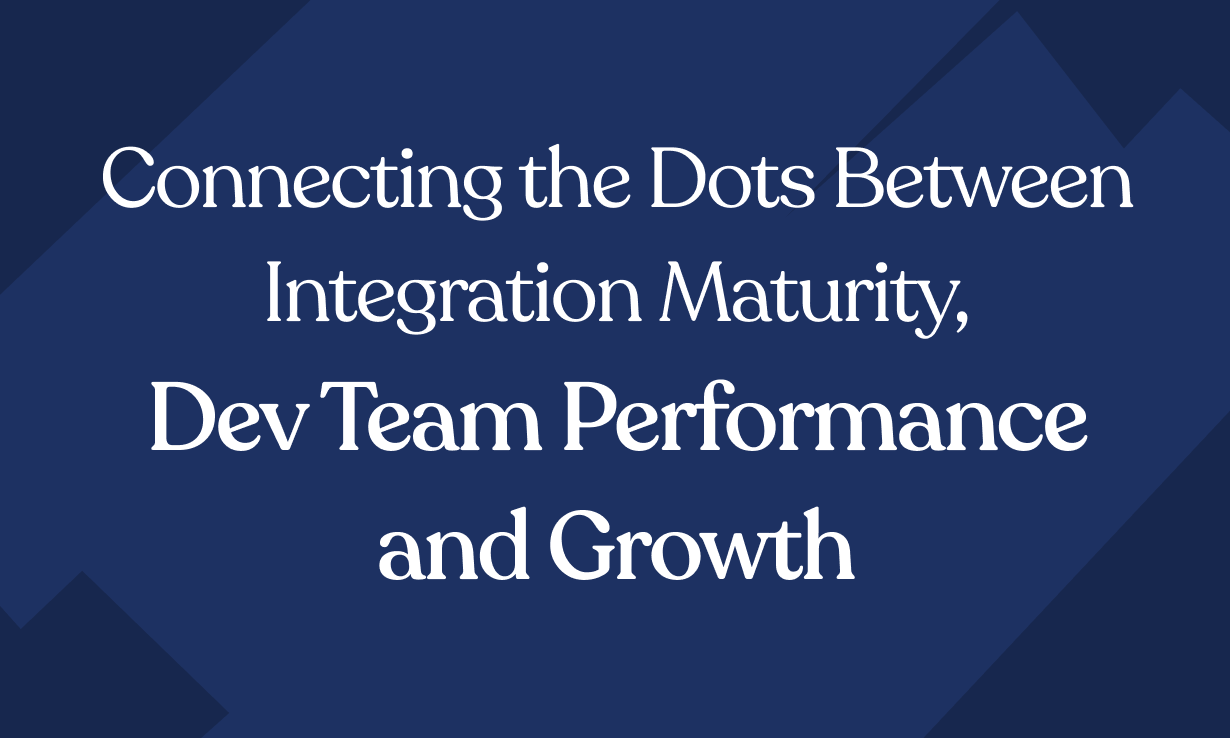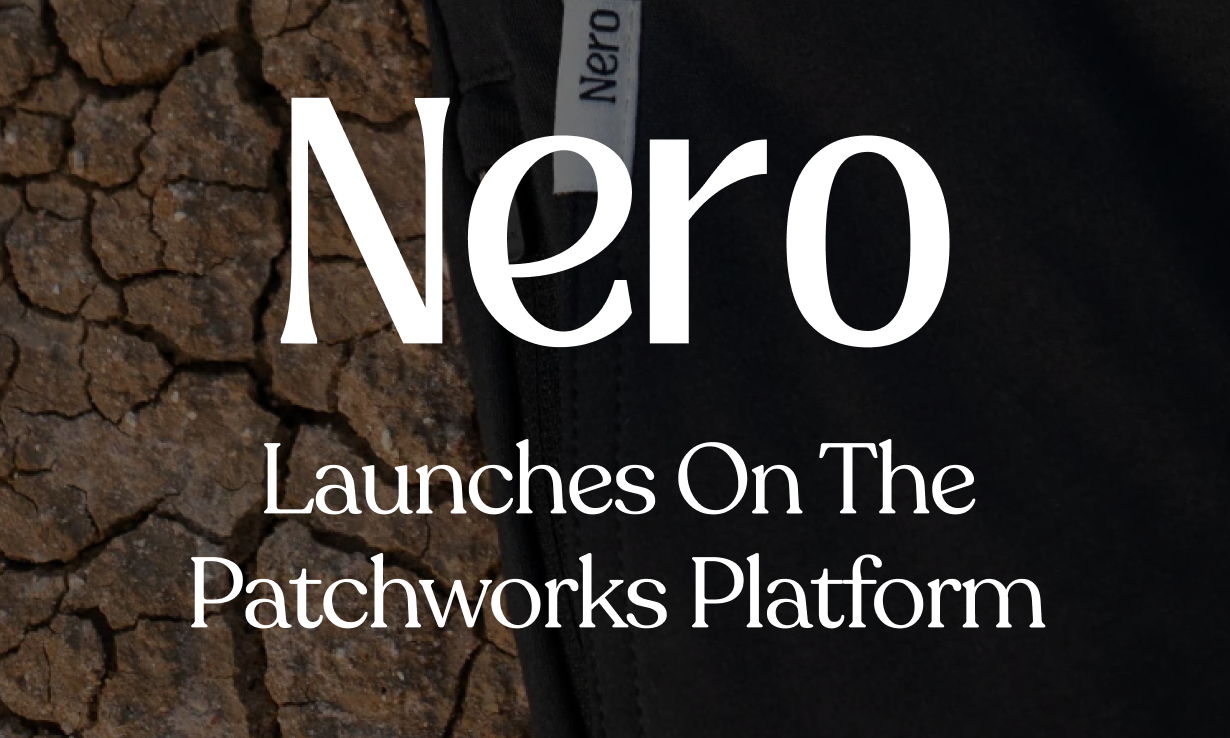Diversify your sales channels through these top marketplaces
October 28

As an ecommerce merchant, something you should be aware of is the different marketplaces you use to sell your products.
It’s all well and good optimising and improving your own website, but 48% of online shoppers will immediately go to a large ecommerce marketplace to find what they’re looking for.
So unless you’re already a well established name with a highly sustainable customer base, you could be losing out on thousands of potential sales every month.
It’s also important to remember that different demographics will be drawn to different websites - so make sure you know who you’re selling to.
We’ve taken a look at the top online marketplaces you should consider listing your products on, as well as what they specialise in and who they appeal to.
The top marketplaces
Amazon
Yes, it’s the obvious option. But it wouldn’t be a list of the best marketplaces if we didn’t mention the largest and most successful one of its kinds.
Amazon has a huge, global reach, operating across 58 countries with nearly 200 fulfilment centres across the world. They completely handle storage, picking, packing, and distribution - so you don’t need to worry about extra fulfilment costs outside of their usual fees.
There are millions of active users on Amazon every single day, so if you’re looking to expose your products to a wide audience, there’s nowhere better than here.
However, the sheer amount of traffic Amazon experiences also presents a disadvantage. There’s hundreds of thousands of sellers using Amazon’s marketplace, and that amount of competition can set you back; especially if you’re selling something common and popular. Plus, Amazon has a range of referral and fulfilment fees which vary based on the product, so that’s something to keep in mind if what you’re selling is large.
Although the average age of Amazon users is 37, 53% are between the ages of 19 and 44. Amazon’s wide range of categories means they have a diverse customer base, regardless of product - but ‘books’ is the largest category making up 76% of their total products listed.
eBay
Once the hub of the internet for second hand goods, eBay has since branched out to help all sellers, whether their products are new or used.
Available in 180 countries, eBay has enormous reach. However, storage is handled by the merchant, which means you’ll probably have to have your own warehouse and distribution system set up.
eBay is one of the easiest platforms to start selling on, as it was established with the intention of being used by the general public rather than professional companies. It’s also well trusted and has an enormous user base of around 159 million.
However, like with Amazon, eBay is extremely competitive with many companies and individuals selling similar products. People also tend to more actively search for a bargain and are willing to bid for items - a feature which larger companies selling hundreds of products cannot offer. There are also varying commission fees, on top of any subscription costs.
18-24 year olds are the largest age demographic on eBay, followed by 25-34. Their mobile app is also extremely popular, with around 66 million users a month.
Etsy
If you’re an SME which sells somewhat unique products with your own brand identity, Etsy is a brilliant marketplace for you.
Unlike other large stores such as Amazon and eBay, Etsy understands the importance of brand advertising - and lets you personalise your company’s account page for people to click on and explore.
Etsy has sellers from 234 countries, with 33 million active users. However, 70% of purchases come from the US, so you’ll get the most out of selling through Etsy if you have the ability to sell to US-based customers.
Sellers on Etsy can list products for just 20 cents for four months, which is a great price for smaller businesses. That, plus Etsy’s focus on allowing businesses to express their unique brand and values, make it a great choice for merchants with specialised products trying to make a name for themselves.
However, Etsy does have some downsides as a seller. Whilst it tries to promote their individual sellers, people who shop on Etsy tend to build loyalty with Etsy themselves as a brand, as opposed to the merchants. And whilst the fees sellers pay might seem low at first, there’s quite a few different ones which can all add up and impact your profit margins.
Around 81% of Etsy’s users are women, with most between the ages of 25 and 40. So if you’re an SME which makes a lot of handmade products typically bought by women, this might be the marketplace for you.
Not On The High Street (NOTHS)
NOTHS is another marketplace which appeals to independent, SME merchants. They partner with around 5000 independent sellers, and have a reach of over 38 million unique visitors per year.
Because sellers on NOTHS pay a joining subscription cost, there’s actually no listing fees, which is a great benefit to smaller businesses. Whilst their strict vetting process does result in some merchants being rejected from listing products on the website, this has helped build a lot of trust amongst buyers, so customers will already have a positive view of your company’s products from the offset. NOTHS also offers support and guidance to their sellers to help you maximise sales.
However, there are some downsides to listing on NOTHS. The main one is that the joining and commission fees can be quite expensive for SMEs. There’s also a much more limited range of categories and products compared to the bigger marketplaces, so it’s very much a website for specialised merchants.
Fruugo
One of the most innovative marketplaces out there, Fruugo’s mission is to allow sellers and buyers to interact globally regardless of language and currency. They operate in over 46 countries worldwide, and the website is instantly localised for each user so that product titles and descriptions are translated, and the currency is automatically converted.
That’s the biggest advantage of selling on Fruugo. If you’re looking to expand your brand globally, it’s a great way of achieving that without having to list multiple versions of the same product manually for different countries. They also offer country-specific payment methods.
Another advantage is their no sale, no fee policy. There are no sign up or subscription fees for Fruugo, and merchants are only charged commission when a sale is made.
Despite those benefits, Fruugo ultimately acts as a middleman. They do not store or dispatch stock themselves, so all logistics and fulfilment must be completed by the seller. Commission fees can also be quite expensive, with a 15% fee on basket value and a funds processing fee on top of that.
Their customer demographics are a very even split between gender, and the age distribution is also quite balanced. However, 25-34 make up their largest customer base at 30%. This makes Fruugo a strong option for any business looking to reach buyers globally, regardless of the products they’re selling.
TikTok Shop
TikTok has taken the world by storm, and one of their most exciting new features is the TikTok Shop. The platform’s reach is enormous, so if you fancy investing some time and resources into video marketing, you could make a lot of sales through TikTok.
But despite the platform’s large reach across many generations, it’s 18-24 year olds which make up the largest group at 42%, closely followed by 25-34 year olds. And whilst the gender split is relatively even, it’s slightly more popular with females who make up 57% of TikTok’s audience.
TikTok has over a billion active users globally, so if you’re looking for a massive market, and are particularly trying to appeal to younger people, it’s definitely worth looking into TikTok shop. In fact, TikTok claims that users are 1.5x more likely to immediately buy something they see on the platform.
The biggest downside of TikTok shop is that to use it organically, you’re going to have to invest in a video content strategy. You can pay to promote your videos, but they’re not going to convert if they don’t resonate with audiences - so make sure you’re investing in influencer marketing and internal video content creation.
Honourable marketplace mentions
If you’re a brand specialising in certain types of products, there’s plenty of other marketplaces out there which you could consider. There’s also a few which you might not have thought about.
Edge (John Lewis)
John Lewis’ marketplace has some of the most esteemed brands from the UK and around the world, and has a great reach if you can make a good case for your products being listed on there. John Lewis is a great brand which will certainly lend your business a lot of credibility by using their marketplace.
Superdrug
One of the largest health and beauty retailers in the UK, did you know that Superdrug lets other companies list products in store and one their website? It’s not an easy process, but if your company specialises in beauty products, it’s definitely one worth looking into.
Farfetch
Whilst many of the brands listed on fashion retailer Farfetch tend to be well-known designers, there are also some lesser-known companies with products on there. If you’re a business which already somewhat has a name for itself, it could be worth checking out.
YouTube Shopping
Whether you already have a strong YouTube presence, you’re looking to build one, or you’d rather just partner with popular content creators to promote your products, YouTube Shopping is a great marketplace tool which lets creators promote products through videos and livestreams.
How Patchworks can help
If you’re looking to expand your business to different channels and marketplaces, you’ll need powerful integrations to ensure you always have a full and reliable view of your stock.
With Patchworks’ self-serve, no-code/low-code integration platform, you can easily select from a library of pre-built connectors to integrate all of your different systems, apps, and marketplaces.
For more information, get in touch for a free consultation and demo.


